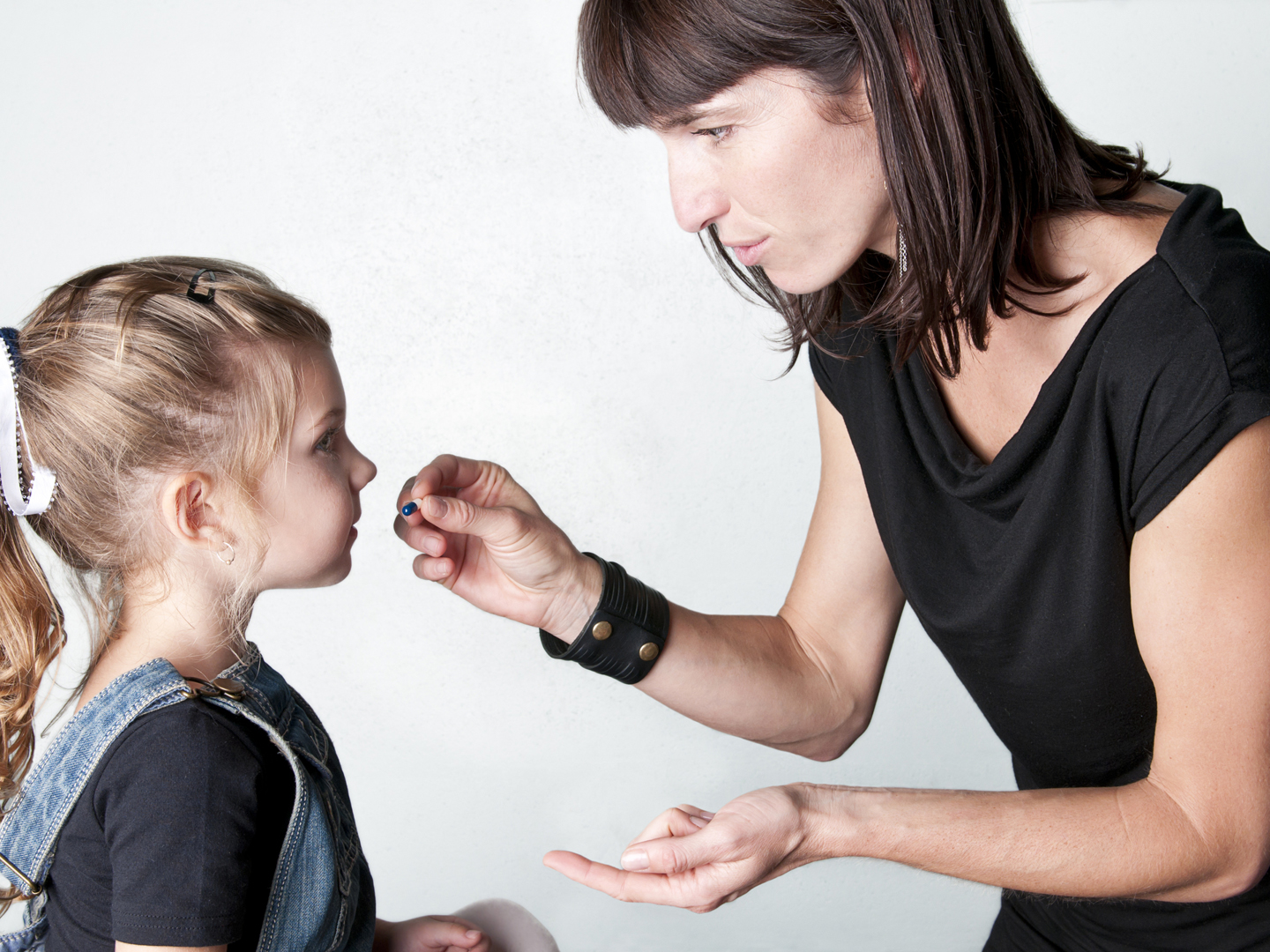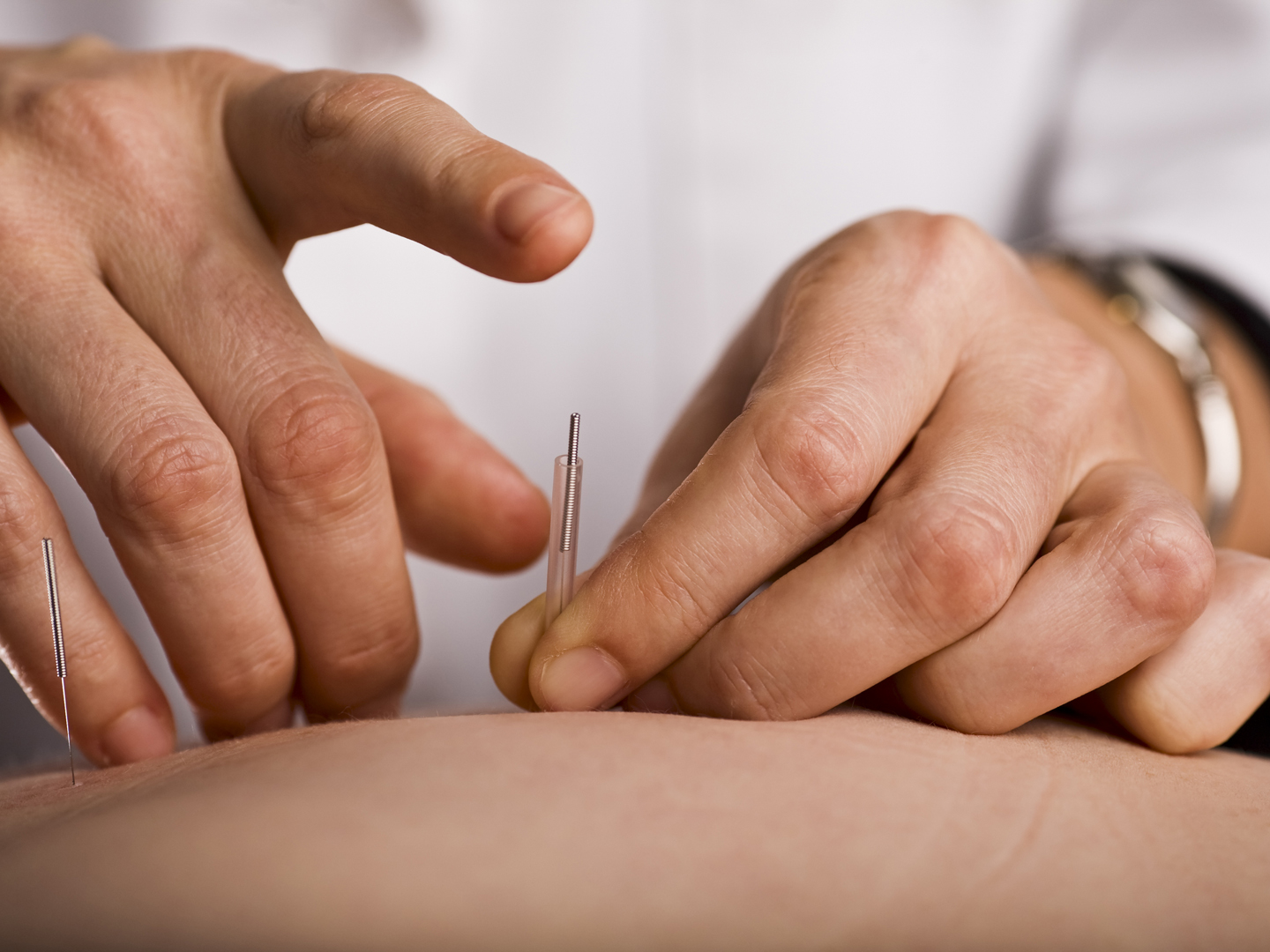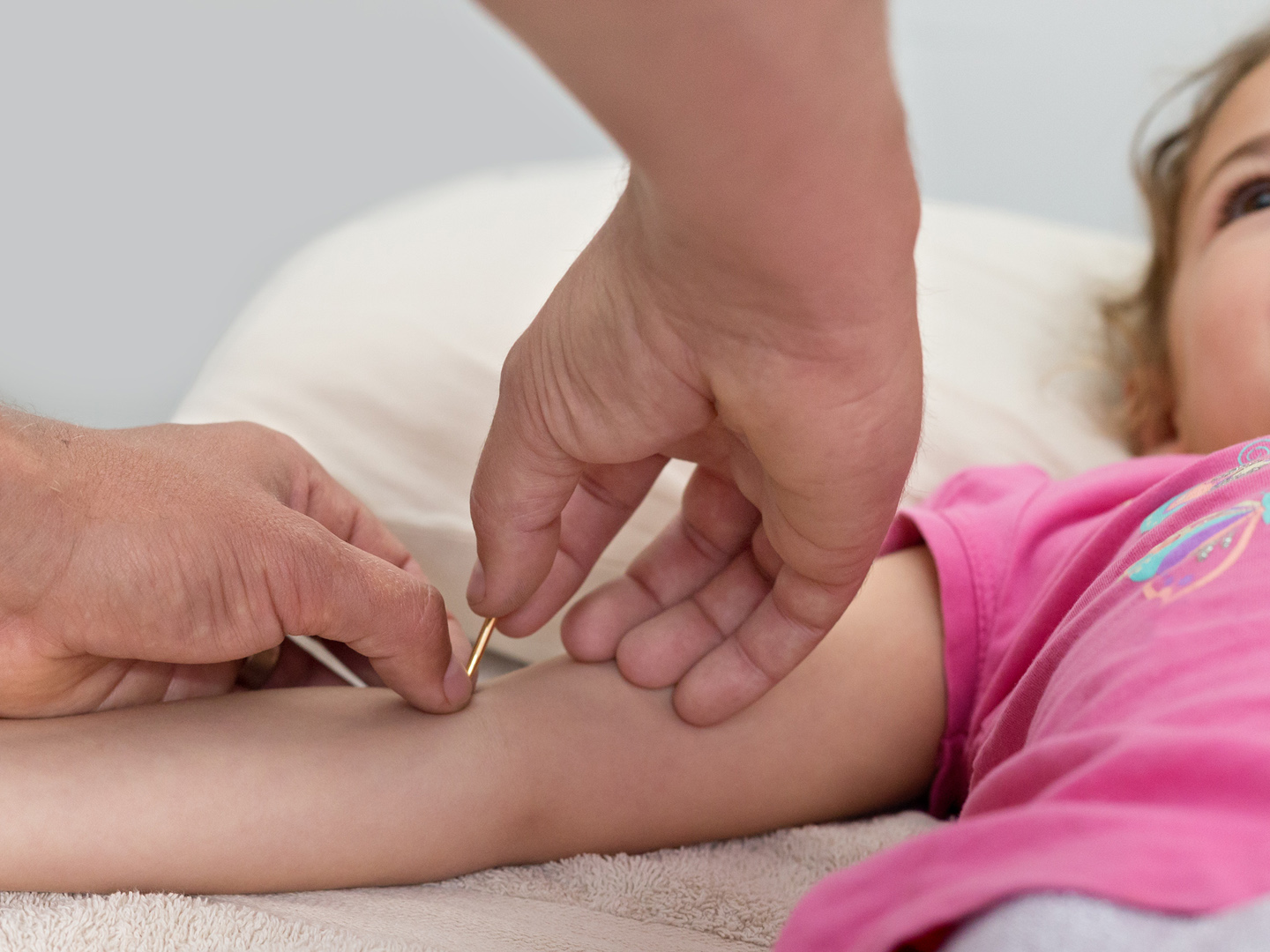A Mystery Disease in Children?
My 5-year-old grandson has been diagnosed with Kawasaki disease. We have so many unanswered questions. What do you know about this disease?
Andrew Weil, M.D. | April 8, 2004

Kawasaki disease occurs among young children, usually under the age of five. While theres a higher incidence among Japanese and Korean youngsters, the disease can strike any child. About 2,000 cases occur each year in the United States; boys are one-and-a-half times more likely to be affected than girls.
Kawasaki disease was named after the Japanese physician who first described it, and is diagnosed when a child has a fever higher than 103 degrees Fahrenheit for five days or more, and also has four of the following five symptoms:
- Eye redness (conjunctivitis).
- Reddening of the tongue or mouth area.
- Swelling and peeling of the skin on the hands and feet.
- A rash on the body, often starting in the groin.
- Swollen glands in the neck, typically only on one side.
The symptoms usually disappear on their own within six to eight weeks, but Kawasaki disease can also lead to inflammation of medium-sized arteries, especially the coronary arteries. This is a serious complication. In 20 to 25 percent of all untreated cases, the disease can lead to coronary artery aneurysm (a bulge that weakens the arterial wall), which increases the risk that a blood clot could form and block the flow of blood to the heart. In addition to the coronary arteries, the muscle, lining or valves of the heart, or the outer membrane surrounding the heart can become inflamed. Other potential complications include arrhythmias (abnormal heartbeats) or the malfunction of heart valves.
No one knows what causes Kawasaki disease. For years, doctors have speculated that some kind of infectious agent is to blame, but none has ever been identified. Researchers once thought that exposure to carpet cleaners might be a cause, but studies have not confirmed any association. Nor has any link been found between Kawasaki disease and dust mites, which had been suspected as a possible trigger.
Treatment consists of high-dose gamma globulin given intravenously over 12 hours, or smaller doses given over four days. High-dose aspirin is also given to reduce the risk of coronary artery aneurysms. If a coronary aneurysm does develop, high-dose aspirin may be continued for up to eight weeks or until tests show improvement. Occasionally, a child will need to take stronger blood-thinning drugs to prevent blood clots from forming. Most youngsters feel better soon after treatment begins, but some may need a second course of treatment with gamma globulin.
After treatment, youngsters will need follow-up echocardiograms to make sure that no coronary artery complications remain. This painless, noninvasive test examines the heart through the use of harmless, high-frequency sound waves that are aimed at the heart and then are reflected back to a machine that analyzes them and generates an image of the heart.
Andrew Weil, M.D.








